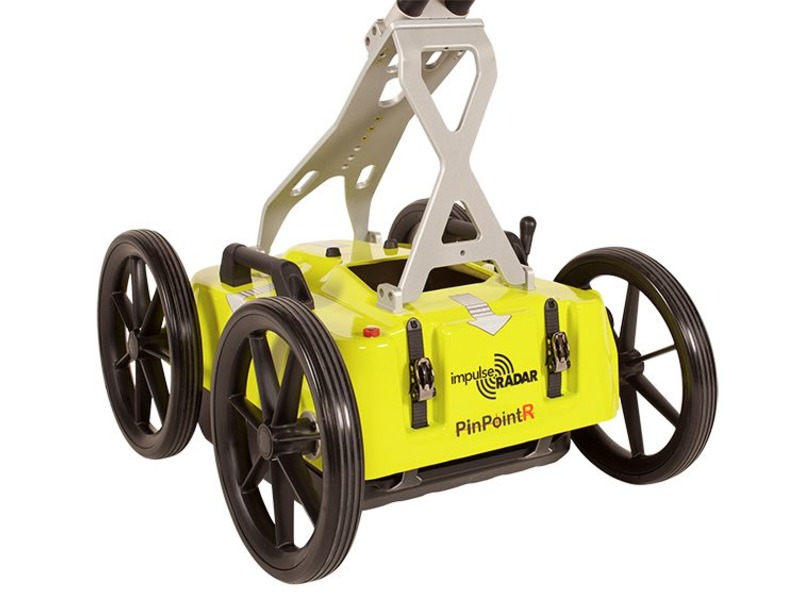

What is Doppler Radar and how does it work?ĭoppler radar systems provide information about the movement of targets as well as their position. Precipitation type, motion, turbulence and many more useful determinations can also be made, such as recognizing the debris that a tornado would throw into the air (known as a debris ball). Weather forecasters determine the distance to an oncoming storm and the amount of precipitation by the strength and speed of the pulse returning to the weather radar site. This enables a meteorologist to analyze and interpret the type of weather occurring dozens of miles away from the radar. If the radar beam bounces off precipitation such as rain or hail, the beam will return to the weather disk, where the data is processed into various parameters. This focused beam radiates outward from an antenna (also known as a radar dish). Weather radar utilizes either a solid-state or tube transmitter to send energy pulses (also known as radar beams) into the air to detect precipitation. As a result, radar can be an exceptional tool in a meteorologist’s arsenal for helping to protect life and property.


Meteorologists can use this information to determine specific areas where dangerous weather conditions exist. When the electromagnetic pulse strikes an object such as a raindrop or a snowflake, the wave reflects back to the radar with data that can be analyzed by meteorologists. Weather radar (also known as Doppler weather radar) is an instrument that sends pulses of electromagnetic energy into the atmosphere to find precipitation, determine its motion and intensity, and identify the precipitation type such as rain, snow or hail. That’s why we compiled the most frequently asked questions to create a basic overview of radar technologies, options and benefits. Weather radar is always a hot topic among our clients.


 0 kommentar(er)
0 kommentar(er)
